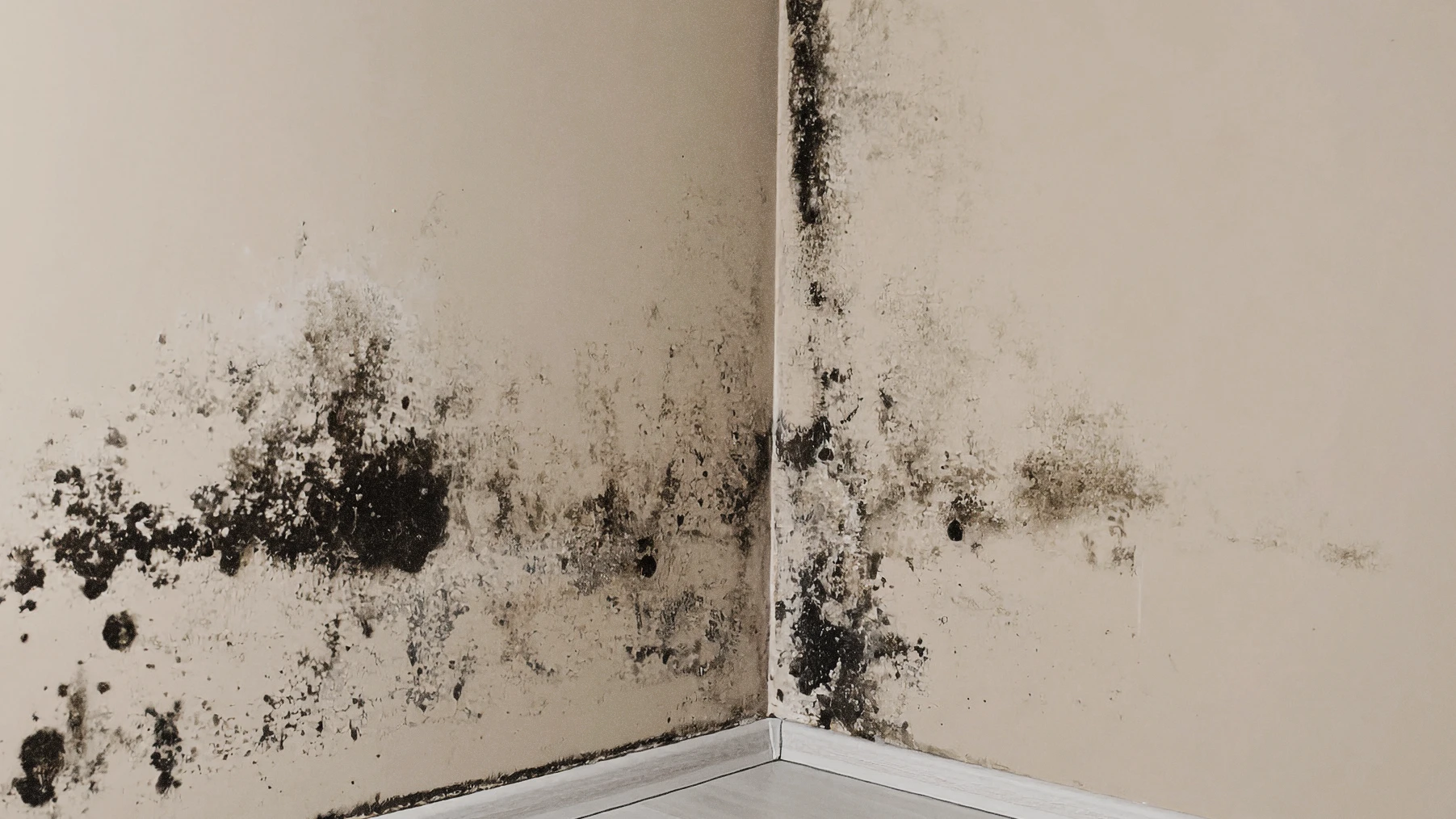Black mould is a common problem in many UK households, particularly in areas with high humidity and poor ventilation. Not only does it look unattractive, but it can also pose health risks, especially for individuals with respiratory conditions or allergies. If you’re dealing with this persistent issue, it’s essential to know how to remove black mould from your walls effectively.

What Causes Black Mould?
Black mould typically develops in damp and poorly ventilated spaces such as bathrooms, kitchens, and behind furniture. It thrives on moisture, making areas with condensation or leaks particularly vulnerable. The first step in preventing mould from returning is to identify and address the source of moisture.
Step-by-Step Guide to Removing Black Mould from Walls
Protect Yourself
Before starting, put on gloves, a mask, and protective eyewear. Mould spores can be harmful if inhaled, and you want to prevent chemicals from coming into contact with your skin.
Prepare the Area
Open windows for ventilation and cover any nearby furniture or flooring with plastic sheeting to protect them from cleaning agents and mould spores.
Apply a Mould Remover
Contrary to popular belief, cleaning mould with bleach or vinegar is not effective. While they may make the surface appear clean, they do not kill mould spores, allowing mould to return.
The best approach is to use a mould remover that contains a fungicidal agent. After applying the mould killer to the wall, scrub the affected area thoroughly with a stiff-bristled brush.
Always wear the appropriate personal protective equipment (PPE) when using chemicals.
Rinse and Dry the Area
After scrubbing, wipe down the area with clean water and a sponge, then dry it with a cloth or towel.
Dispose of Contaminated Materials
Safely dispose of any cloths, sponges, or protective gear used during the cleaning process.
Preventing Future Growth
Having learned how to remove black mould from walls, your next step is prevention. Here are some helpful tips:
– Improve ventilation: Ensure you have adequate ventilation and that all your ventilation systems are working correctly.
– Control Humidity: Close the door and open a window during and after taking a shower, put lids on pans when cooking, dry clothes outside or use a dehumidifier when drying indoors.
– Fix Leaks: Promptly repair any plumbing or roof leaks.
Final Thoughts
Knowing how to remove black mould from walls effectively is essential for maintaining a healthy and safe home environment. While small patches can often be managed with DIY methods, persistent or widespread mould may necessitate professional treatment. The key is to act quickly and address the root cause to prevent it from coming back.
